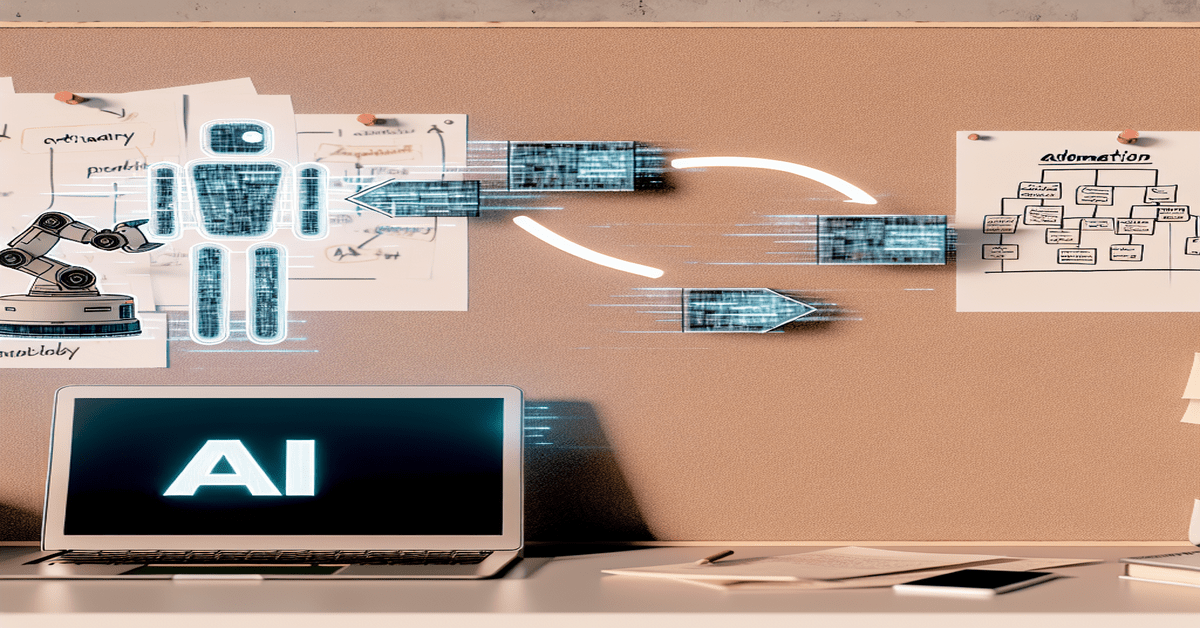The Remote Work Revolution and the Looming Threat of Generative AI
The COVID-19 pandemic has fundamentally transformed the way we work, with AI Reshapes Remote Work becoming the norm for many white-collar professionals. This shift has brought about numerous benefits, such as increased flexibility and autonomy for workers. However, as we embrace this new reality, a significant threat looms on the horizon: generative AI.
According to a recent article from the Harvard Business Review, generative AI is poised to automate tasks that are digital and easily automated, making remote workers particularly vulnerable to job displacement. Historically, automation has primarily affected blue-collar jobs, but the rise of remote work has made white-collar workers more autonomous and, consequently, more susceptible to the impact of AI.
The Drivers of Extensive AI Automation
The article highlights three key drivers that are propelling the automation of remote work:
1. Ease of use: Generative AI tools are becoming increasingly user-friendly, making it easier for companies to adopt and integrate them into their workflows.
2. Firms’ self-priming for AI automation: Many companies have already invested in digital infrastructure and processes, inadvertently preparing themselves for the adoption of AI-driven automation.
3. Growing AI autonomy: As AI systems become more sophisticated and autonomous, they can take on more complex tasks with minimal human intervention.
These drivers are converging to create a perfect storm that will lead to significant job changes for remote workers in the near future.
Adapting to the Evolving Job Landscape
To stay relevant and maintain their value in the face of AI automation, remote workers will need to reskill and upskill. The article suggests focusing on two key areas:
1. Management skills: As AI takes over routine tasks, remote workers will need to develop their management capabilities to oversee and direct AI systems effectively.
2. AI-specific skills: Understanding how AI works and how to work alongside it will be crucial for remote workers to maintain their productivity and value within their organizations.
Embracing the Future of Work
While the prospect of AI automation may seem daunting, it is essential to view it as an opportunity for growth and innovation. By proactively adapting to the changing job landscape and acquiring the necessary skills, remote workers can position themselves to thrive in the era of generative AI.
Moreover, companies have a responsibility to support their remote workforce during this transition. Investing in employee training and development programs, as well as fostering a culture of continuous learning, will be crucial in helping remote workers navigate the challenges and opportunities presented by AI automation.
The Bottom Line AI Reshapes Remote Work
The rise of generative AI is not a matter of if, but when. As remote work continues to be the norm for many professionals, it is crucial to recognize the potential impact of AI automation on job security and take proactive steps to adapt.
By staying informed about the latest developments in AI, acquiring relevant skills, and embracing change, remote workers can ensure their relevance and value in the rapidly evolving world of work. The future may be uncertain, but with the right mindset and preparation, remote workers can thrive in the age of generative AI.
#RemoteWork #GenerativeAI #FutureOfWork #AI Reshapes Remote Work
Don’t wait for the future to catch you off guard. Start preparing for the impact of generative AI on your remote work today. Share this article with your colleagues and join the conversation about how we can navigate this transformative era together.
- Original article and inspiration provided by Harvard Business Review
- Connect with one of our AI Strategists today at Opahl Technologies


